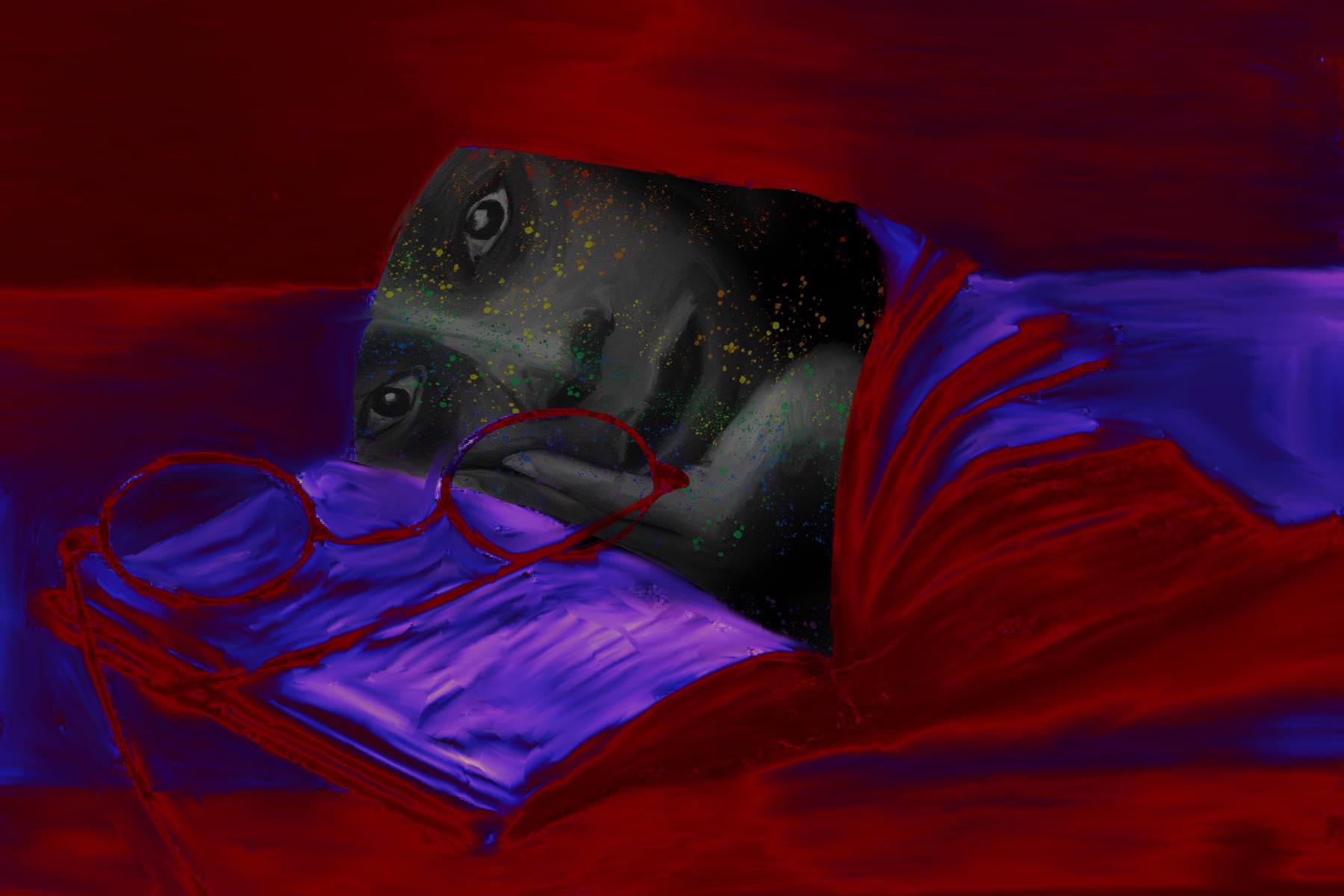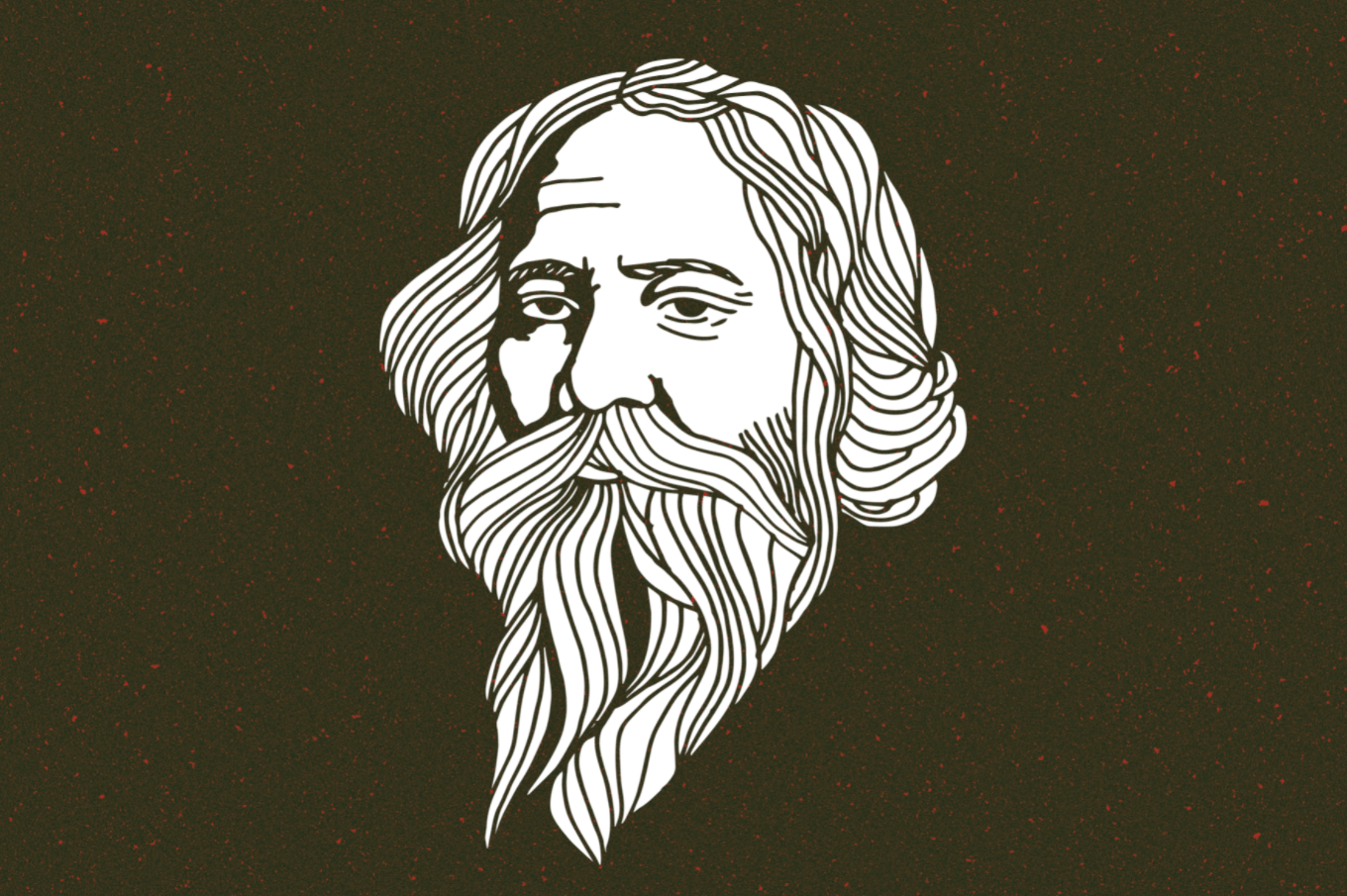
Queer Manifestos
I was late at night, I was bored, and a stack of unread books was calling me. Among these was Breanne Fahs’ Burn It Down!: Feminist Manifestos for the Revolution. As a queer woman, I immediately flipped to Fahs’ carefully curated section on queer manifestos. Instead of the more modern manifestos, I was drawn to those from the 80s and 90s. The queer rights movement has made considerable progress since these were published, but they spoke to a common queer experience. There was something fresh and uncensored about them, something that is bitterly missing from the activism of today. With greater scrutiny on activism, and the propulsion of queer rights into mainstream media, we have swapped some of our defining energy for palatability. Our movement started with a riot; where has that riotous personality gone now?
***
There’s something blissfully liberating in the way that these manifestos bite and condemn, how they roar and scream.
‘I hate straight people!’ yells one.
They don’t hold back. The manifestos rattle on, announcing war with the patriarchy, straight people, politicians, and even other members of the queer community. As antagonistic as their words are – and perhaps unfairly so, in some cases – they’re nonetheless moving and primal. In a contrast to the rainbow aesthetic-centric Instagram activism of today, there’s an urgency that shakes out any sense of complacency.
There’s no better example of this anger and passion than Queer Nation’s Queers Read This. The birth of Queer Nation in 90s New York was direct response to increasing attacks on gay people, and its founders were determined to fight back with (verbal) violence of their own. Alongside organised protests and the unfurling of graphic banners on billboards, the publication of Queers Read This was intended to publicly unite queer people.
Years earlier, The Woman Identified Woman, published by the Radicalesbians in the 70s, attempted a different but just as worthy goal – finding a place for queer women within the second-wave feminist movement. Distributed during the Lavender Menace protests at the Second Congress to Unite Women in 1970, its writers argued (in similar terms to what we hear today) that lesbians are a minority within a minority. Both manifestos speak to common goals that we still have today – unification and raising the profile of queer activism – but they differ radically to what we see on social media or from modern activists.
The difference comes from the sheer emotion and lack of restraint conveyed in both manifestos. In contrast to overly doctored media campaigns or self-censored blog posts, they’re raw and matter-of-fact. Inspired by AIDS organisation ACT UP and their slogan of ‘silence=death’, Queers Read This was scathing about the need for activism. It declared ‘You should by all rights be dead. Don’t be fooled, straight people own the world, and the only reason you have been spared is you’re smart, lucky or a fighter.’ Acting as a rallying cry, it spurred its queer audience into joining them, at a time when straight politicians were blatantly ignoring the AIDS crisis. It’s hard to imagine anything this blunt or openly critical of straight people being included in any modern activism. Likewise, The Woman Identified Woman is openly confrontational, accusing sex roles of crippling ‘men by demanding that they be alienated from their own bodies and emotions’, while pointing out that lesbians are uniquely at the crossroads of homophobia and sexism. The same sentiments exist today, but they’re just not spoken about in such raw terms.
This is because these manifestos make only the bare minimum attempts to be palatable – especially Queers Read This, which (as the title suggests), was almost entirely directed at other gay people. There was no need to appeal to a heterosexual audience, because odds were it wouldn’t reach them. When the gay community existed as a semi-hidden subculture, based on who you knew and the places you frequented, it was easier to broadcast only to other queer people. In the hyper-connected world of today (and as the queer community has hidden itself less), it’s harder to create things for queer eyes only.
While The Woman Identified Woman purposefully tried to present itself to a straight audience, it still managed to not concede too much of its raw emotion. It unashamedly declares “Lesbian is a label invented by the Man to throw at any woman who dares to be his equal,” making no attempts to be palatable. This directness worked – the next conference of the National Organisation of Women declared the plight of lesbians as a legitimate concern, and the manifesto has been described as seminal to second-wave
feminism.
We could learn something from both manifestos. The energy and rawness of their messages connects with the reader in a way that modern texts don’t. Unlike with these manifestos, modern queer feminism tries too hard to be palatable for a mainstream audience. Out of a fear of losing straight support by not being ‘nice’ enough to remain acceptable, we’re afraid to take risks or show too much emotion. It increasingly appears that we now sway towards pandering rather than authentically connecting, and our messages and aims suffer for it. Research as part of the British Social Attitudes survey indicates that tolerance for homosexuality is reaching a plateau, with 66% saying that same-sex relationships ‘were not wrong at all’ – a drop from 68% the previous year. It’s hard to imagine this plateau ever being breached without deep emotional connections. This simply cannot be achieved without being blunt and honest with our feelings.
In today’s world, there is less scope for the underground and the anonymous. Even nameless social media can be traced. For all the wonders of accountability, has it damaged our ability to communicate our real feelings? The messy, the complicated, the scandalous. In contrast to Queers Read This, it is hard to imagine any modern activist yelling today ‘I hate straight people!’, even if it does convey an inherent frustration that most queer people have felt across time, like any minority group. By censoring too much of our experiences, we become absorbed into a world that is not our own and sacrifice any agency we have to change it for the better. We have to be honest to communicate our experiences and create meaningful connection.
It’s rare to see this honesty today. Activists self-censor themselves on social media, and queer media often attempts to package itself as suitable for heterosexual and cisgender audiences. Although some try to fight past this, one does not need to look further than Ellen DeGeneres’s transformation to see that the riotous core of the queer movement is ignored. Ellen showed considerable bravery in coming out in the 90s, and has done genuine work for the queer community since, such as donating $25,000 to survivors of the Pulse nightclub shooting, and raising awareness for LGBTQ teen suicides on her show. However, her image has become based on her ‘relatability’ to straight audiences. She presents herself as friendly and harmless, desexualised and socially acceptable. It’s telling that as one of the most visible queer activists in the world, her appeal and message is overwhelmingly one of assimilation into a straight world, rather than making your own. While Ellen occupies the spotlight, small queer organisations or grassroots activists are rarely featured. There’s an implicit message that they’re too controversial or too risky, and trans organisations are especially at risk of this. While it is a sign of progress that Ellen, a lesbian, has been accepted into the mainstream, we perhaps pay too much attention to palatable celebrities at the expense of others.
At the expense of being palatable we lose some of the core spirit that unites queer people. There’s a reason why I felt more while reading these manifestos than I ever do while scrolling through titbits of social media. The same, heterosexually ‘safe’ messages get repeated, consumed, and spat out again, just in slightly different branding each time. Elements of mainstream queer activism get turned into nothing more than oversaturated ‘hashtag’ feminism, with Instagram turning into an endless stream of rainbows every summer as people uploaded ‘aesthetic’ snaps from Pride. The commercialisation of Pride helps perpetuate this cycle, with large companies releasing rainbow products every summer, and promising to donate an obscenely tiny fraction of their profits to queer charities. I do not care that Skittles are being produced in white, rainbow-less variants as an ode to Pride; I care about real progress, not pointless and self-congratulatory circles. Within the upper echelons of ‘activism’, we seem to have lost the authentic queer voice.
It’s not surprising that looking back at these raw, unfiltered manifestos sparks strong emotions in comparison to the diluted messages of today. Some of the more delicate passages in these manifestos seem timelessly resonant to queer experience. It’s a beautiful thing to look at words written decades ago and have them strike you with such resonance that you feel as if they were living in your head, unwritten, all along. There’s a tenderness in the way they describe queer solidarity which is sorely missing now. Others, such as calls for anti-discrimination laws in the UK and an equal age of consent (now thankfully achieved) bring feelings of pride, while drawing attention to the temporal distance
between us and these writings.
Looking back at these literary call-to-arms, it becomes apparent that at our core, our feelings are the same. It is just the means of delivery that has been buffeted and warped to become more palatable to a straight, cisgender audience as the queer movement has emerged into the light of the mainstream world. By striving to care less about the heterosexual perspective, and more about fighting for what we want, we can regain some of the common spirit that has been muted. Instead of finding ourselves assimilated to the extent that our feelings are erased, we should strive for an integrated society. Trans or non-binary issues have been often ignored in favour of making queer people – often incorrectly synonymous for ‘the gays’ – more acceptable to the rest of the world. It is their fight that we concede when we bend over backwards to make ourselves more acceptable. Revisiting these manifestos and their energies is eye-opening for how far we have come, but also for what we have lost in the name of palatability.
“There is the one certainty in the politics of power: those left out of it beg for inclusion, while the insiders claim that they already are.” – ACT UP, Queer Nation Manifesto: Queers Read This (1990)
Words by Zara Murray, art by Sasha LaCômbe







